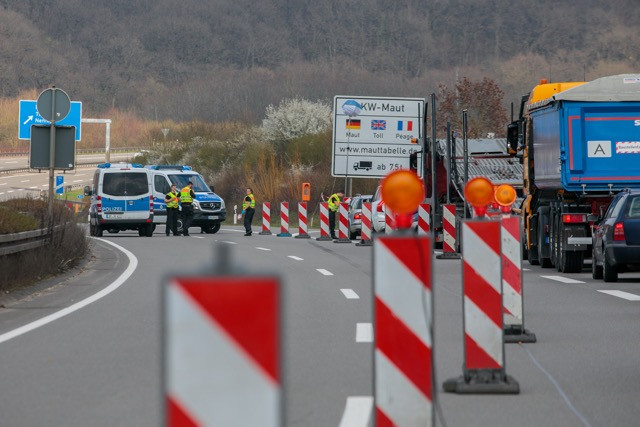The grand duchy is the only country among EU members and Schengen associated states, as well as the UK, to have an infection rate of above 50 per 100,000 inhabitants over the last seven days. That is the conclusion of a study by the Germany’s Robert Koch Institute, a German federal public health body, published on Tuesday afternoon.
The news follows Belgium’s announcement on Sunday that Luxembourg was among the countries it has assessed as being orange level alert and Denmark banning entry to Luxembourg residents.
Portugal and Sweden are the only countries on the RKI map with the next worst infection rate of between 25 and 50 cases per 100,000 inhabitants.
Luxembourg is now on an official list of those countries and regions that are considered worthy of travel and safety advisory notice in Germany. That means that anyone “who has spent time in a risk area at any specific period within 14 days prior to entry, may be subject to quarantine under the specific quarantine ordinances issued by the competent federal state.”
Media reports suggest that neither the Saarland or Rhineland-Palatinate are considering closing their borders with Luxembourg, despite the high infection rate.
However, on Tuesday evening Saarland Rundfunk cited a spokesman for the Saarland government saying that it had decided to impose a 14-day quarantine for people returning from “risk” areas, such as Luxembourg. But the measure do not apply to cross-border workers.
